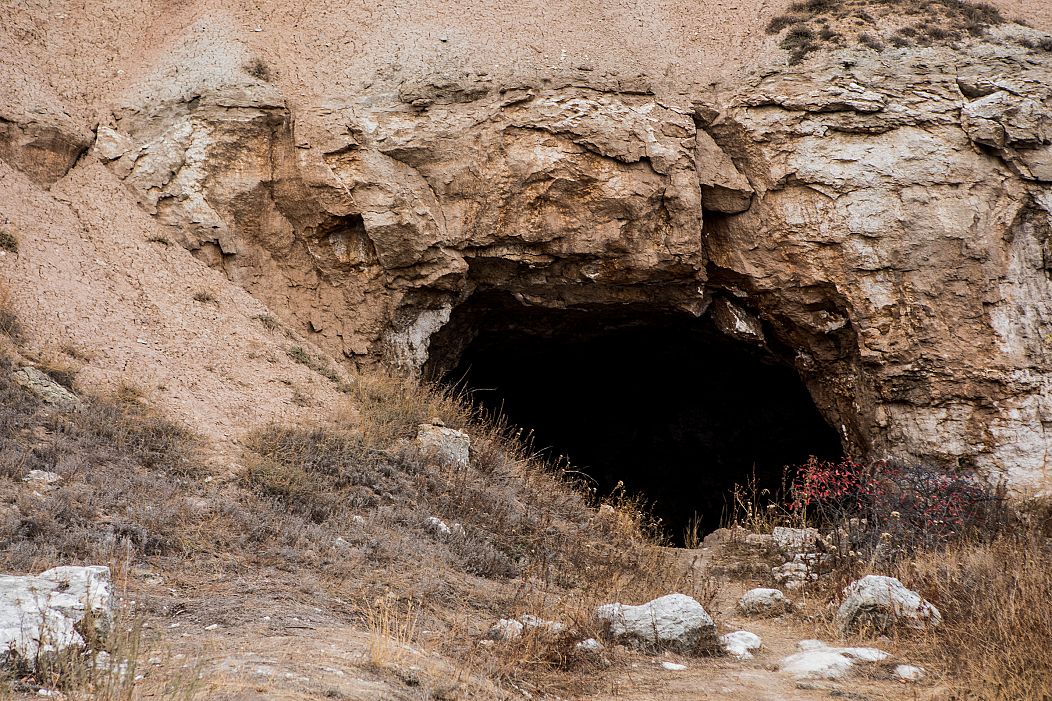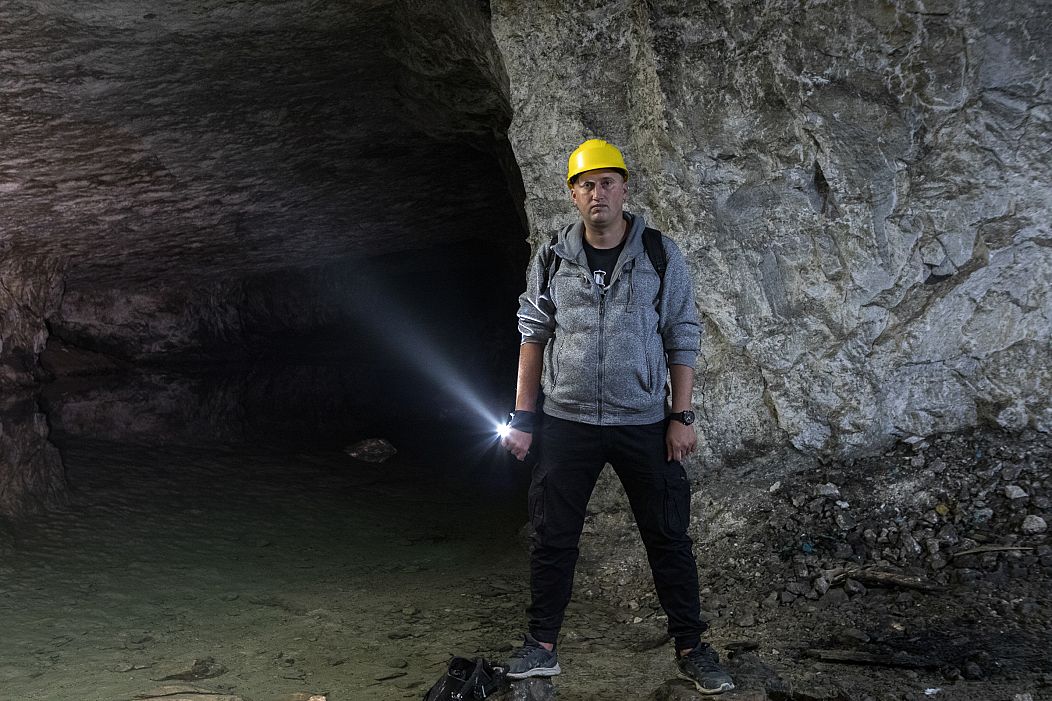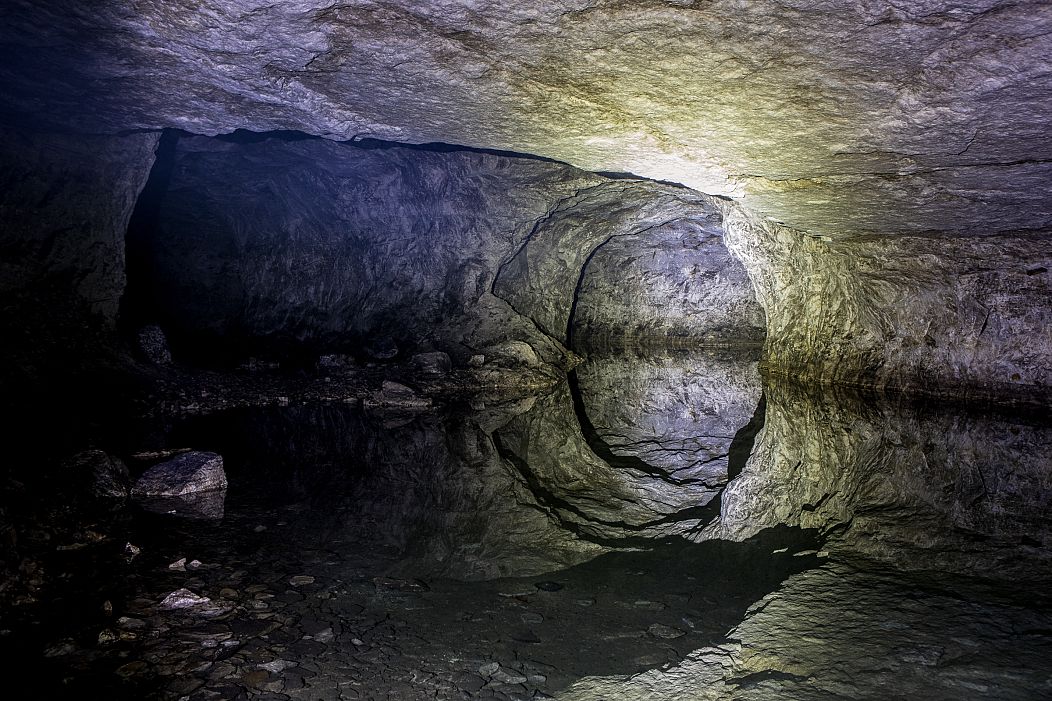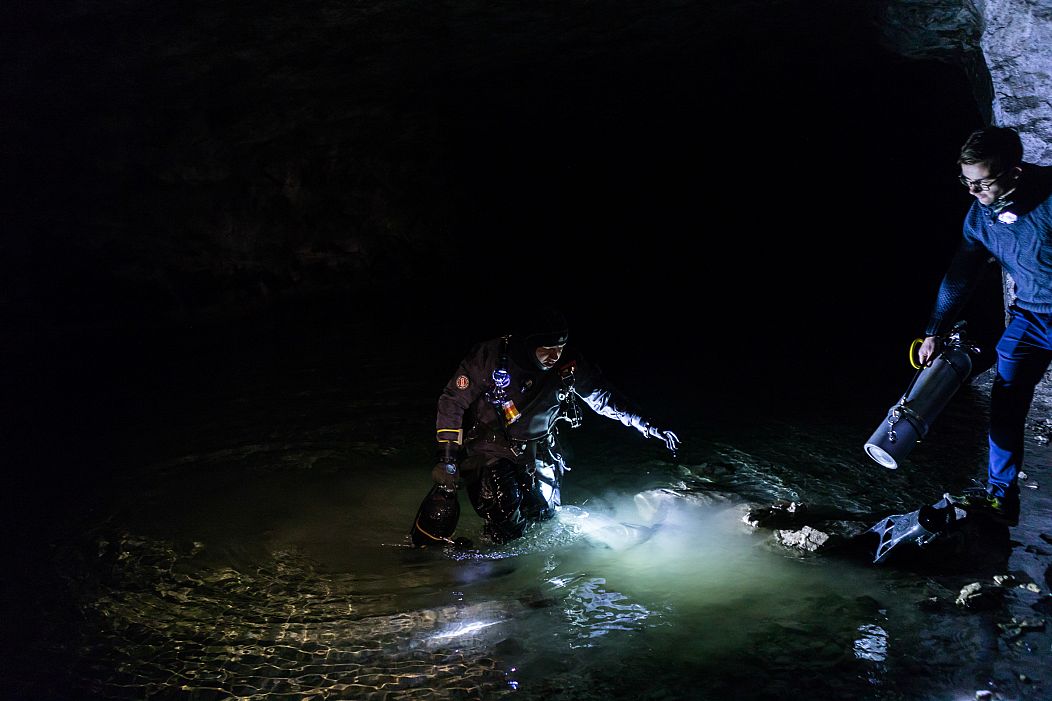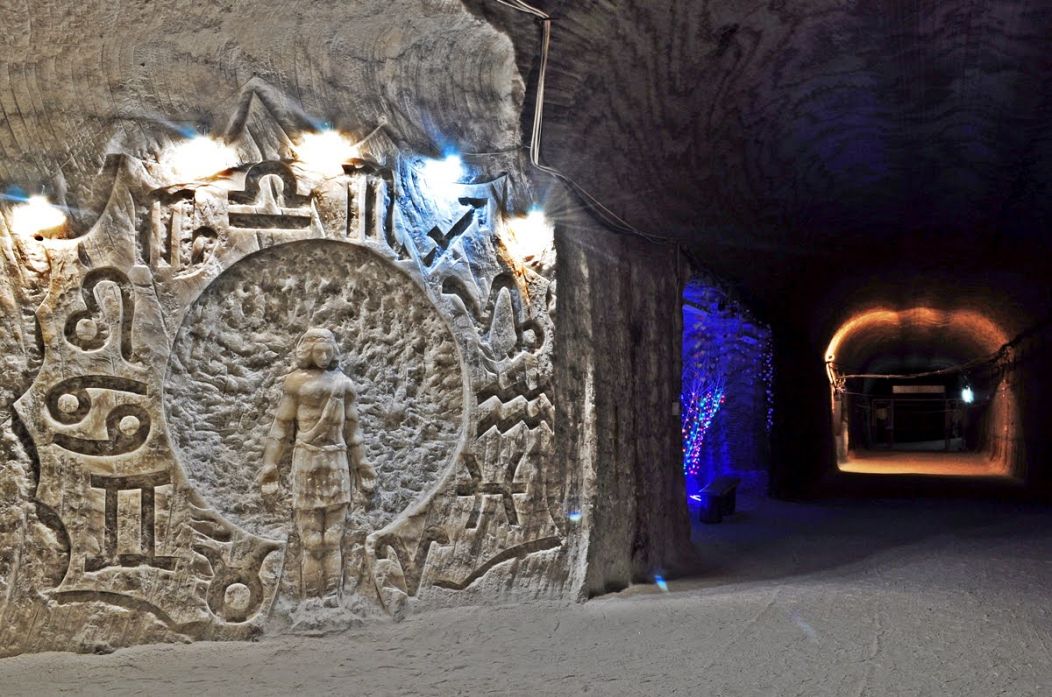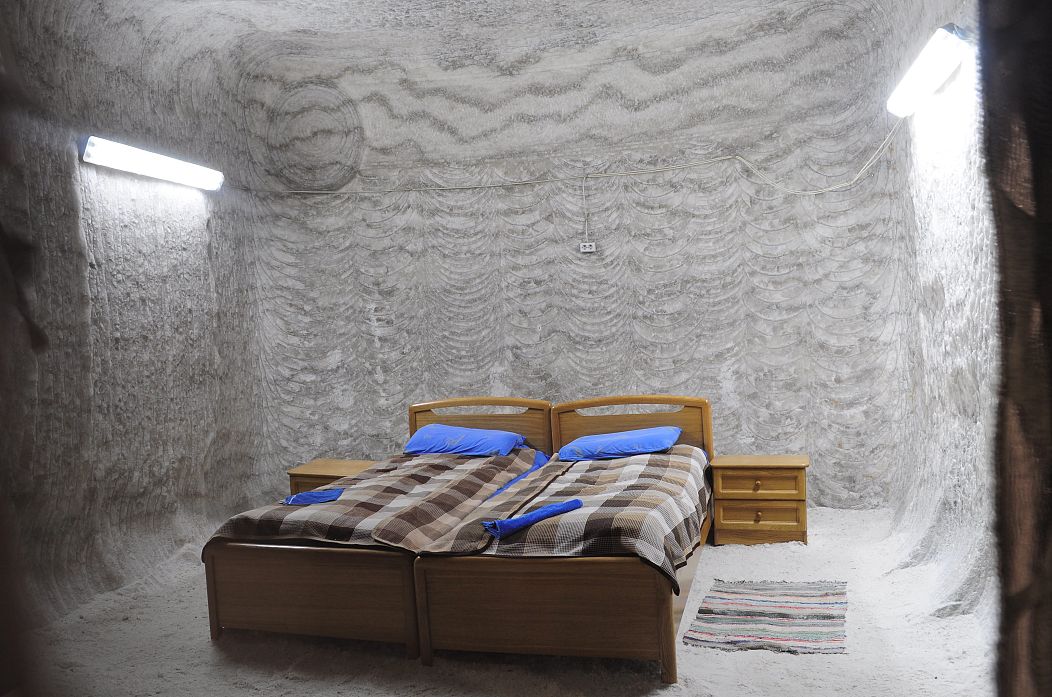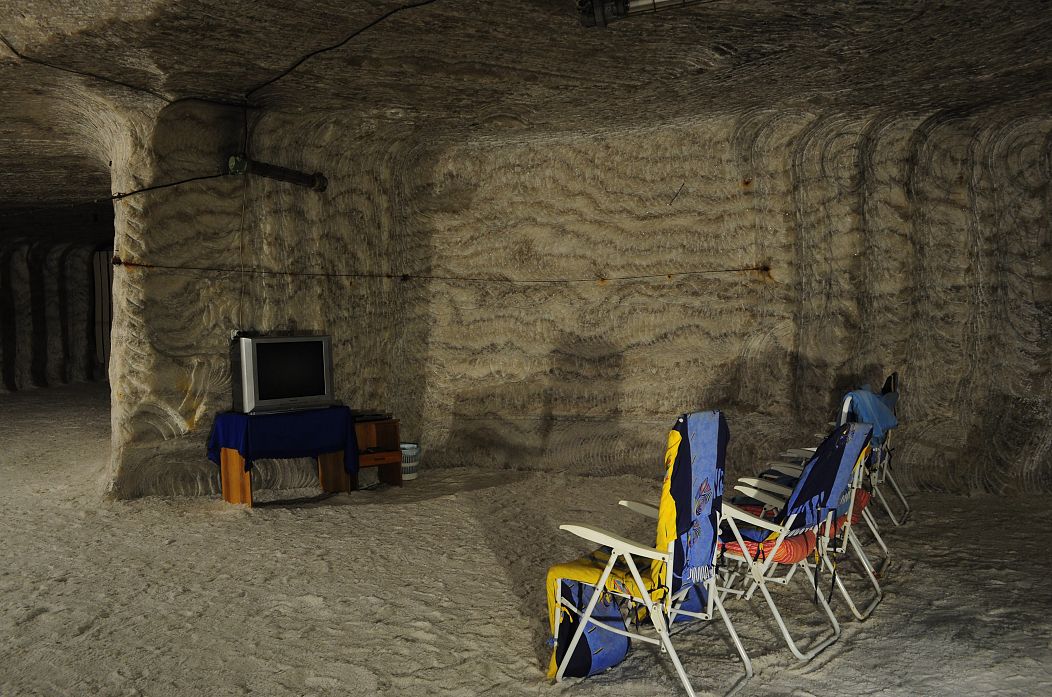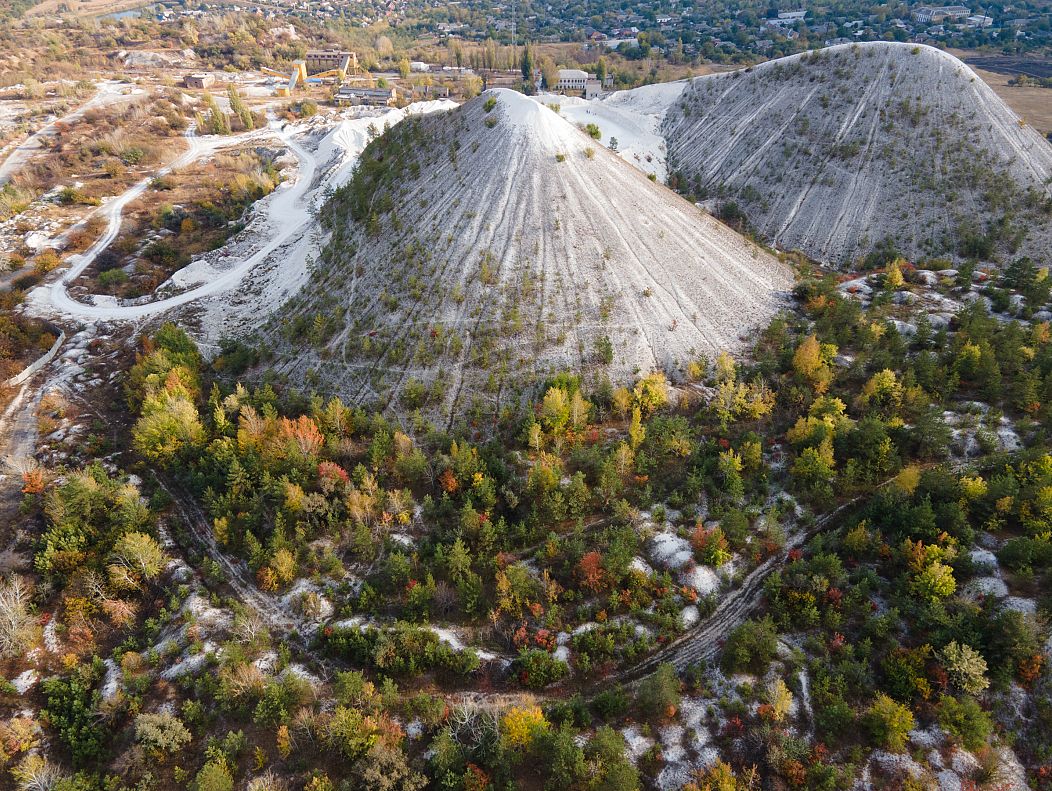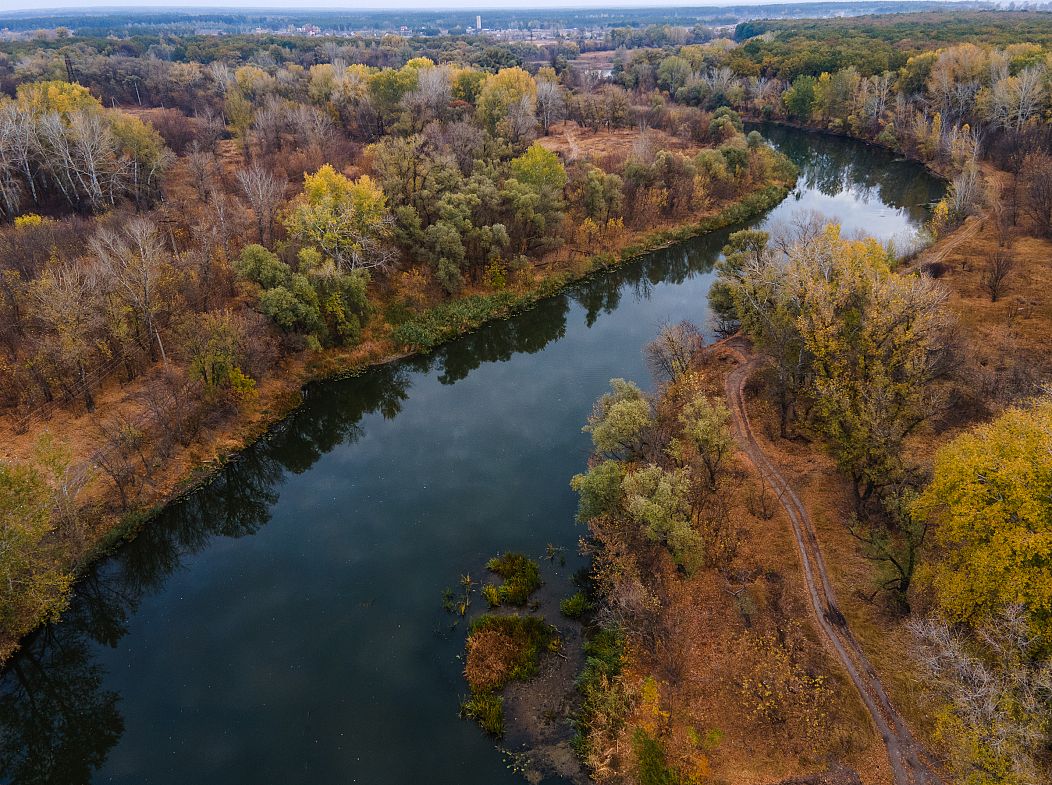Old mines and salt caves: How eastern Ukraine became an industrial tourism destination
This war-torn region in eastern Europe is home to an industrial landscape worth exploring.
A booming tourism industry is not the first thing that comes to mind when thinking about Donbas, a war-torn industrial region in eastern Ukraine. Yet there are plenty of tourist projects here that celebrate its culture and embrace its industrial landscape and history.
The region offers geological points of interest, both derelict and operational mines, abandoned factories, new green farms that naturally come with a dive into local culture, and scenery as far as the eye can see. If all of this sounds good to you then it might be time to book a trip.
Adventures of this kind, widely referred to as ‘industrial tourism’, might not be as orthodox as beach holidays or sightseeing; but they have a growing, devoted fanbase. We round up what the area has to offer.
The labyrinth and lakes of gypsum mine, Ivanhrad
This used to be a gypsum mine, but for the outsider it looks like a range of orange-coloured hills next to a small village. The entrance to this mine acts as a gateway to a mysterious underground world, worth every minute of your time.
Protective equipment for your head in places like this is a very good idea. Another one would be to find a good guide; exploring the region is easier with ‘kraeznavtsi’ which means “local historians and enthusiasts” - plus there’s less chance of getting lost.
We followed Mykhailo Kulishov who is an expert of the region’s fascinating geological scene.
“What’s very special about geological tourism in Donetsk oblast in Ukraine - is that in a relatively small area you can see rocks from almost all of the geological eras, from the most ancient granites to unique alkaline massifs", Mykhailo said.
Mykhailo knows the way to the most beautiful parts of the region, explaining natural phenomena and decades of human exploration in a captivating way.
"I really would like to show how unique our region is - that's why western Europeans were so attracted to it", our guide added. He was talking about industrial investors who contributed a lot to local development. For example, the biggest city of Donetsk region - Donetsk (currently, lost Ukrainian government control) was founded by Welsh industrial engineer John James Hughes at the end of 19th Century.
The gypsum mine was one of these places. It is essentially a labyrinth of corridors, located on different levels, left after the extraction of gypsum. The tunnels of this labyrinth are generally between 7 and 12 metres wide and can reach up to 6.5 metres high. It's estimated that they stretch as far as 7km in length.
Some of the galleries in the cave network are flooded with water with the resultant ‘lakes’ being as deep as 4 metres.
How do we know this? A certified local cave diver told us, right after swimming out of one. There are really plenty of possibilities to explore these hidden places, some more accessible, some require specific training - but all are fascinating.
Salt mine near Soledar
In the historic part of the local salt production, you can get on a lift that brings you down as deep as 300 metres. The underground galleries here are very spacious. In one of the biggest, a festival of philharmonic music takes place. Another is a football stadium. There is a church and salt sculptures with some light decorations.
It's not the first time the industrial facilities like this serve the culture in the region. A newspaper publication that dates back as far as the beginning of the 20th Century reports a very well received mine performance of a touring choir, says local historian Andriy Novoselskii.
An underground speleological sanatorium
A so-called speleological sanatorium named “Salt symphony” is located in the salt mine too, and is usually fully booked when not affected by pandemic-related restrictions. People come here for a couple of weeks in the hope of treating respiratory problems. The residents spend time underground watching movies, playing chess, doing group exercise, playing table tennis, reading books and visiting the local bar.
Sparkling wine cellars
The long history of regional industrial development, foreign investment and Soviet rule have helped bind the areas mining traditions with sparkling wine production.
Today, local producer Artwinery offers the chance to see the entire cycle of sparking wine production along with tours to its historic underground galleries, which are up to 72 metres below the surface.
'Pyramids' of Rayhorodok
The pyramids, as locals sometimes call them, are the waste heaps from chalk production that halted here in the 1990s.
As often happens, nature embraced the results of human activity and turned it into something rather beautiful. Right now, it’s the perfect place for a hike or a cycle. There are bike clubs here you might want to join for one of their local cycling expeditions.
Unfortunately, infrastructure lags behind the possibilities this region has to offer. One option for your trip is to pick a bigger town for accommodation, for example Sviatohirsk, Kramatorsk or Slaviansk, and then make day trips from there. Another would be to reach out to locals who provide 'green' housing options - follow our further publications from the region to find out more about those.
There is some hope for infrastructure improvement, though. The region is now receiving some attention from the government in terms of tourism development and a lot of love and thought from the local tourism enthusiasts. They often receive funding from international non-government aid organisations, helping them to kick off their businesses, which in turn will improve the lives of people in the local communities.
Yana Synytsa, a local tourism guru and community development activist, says that international tourists were not rare in Donetsk region before 2014, when the conflict began. Now her business is reviving, but still mostly serves the domestic market, with some foreign guests from international NGOs and international journalists coming too.
One of the main projects Synytsa is taking care of right now is called “The path marked by salt” - it’s something to check out this coming spring/summer season. Tourists will be offered the chance to follow the path of the historic salt production with some attractions we described above, equipped with interactive maps or potentially 3D goggles. The programme includes descending into the mines, enjoying the scenery alongside Siversky Donets riverbank, trying local delicacies cooked with the typical plant that grows on the salt marsh, visiting farms to try produce and more.











